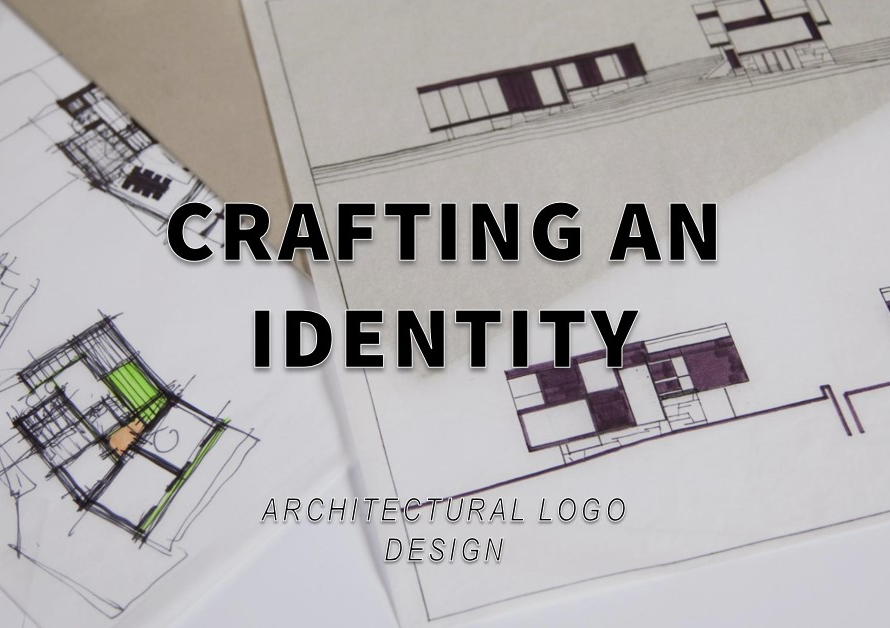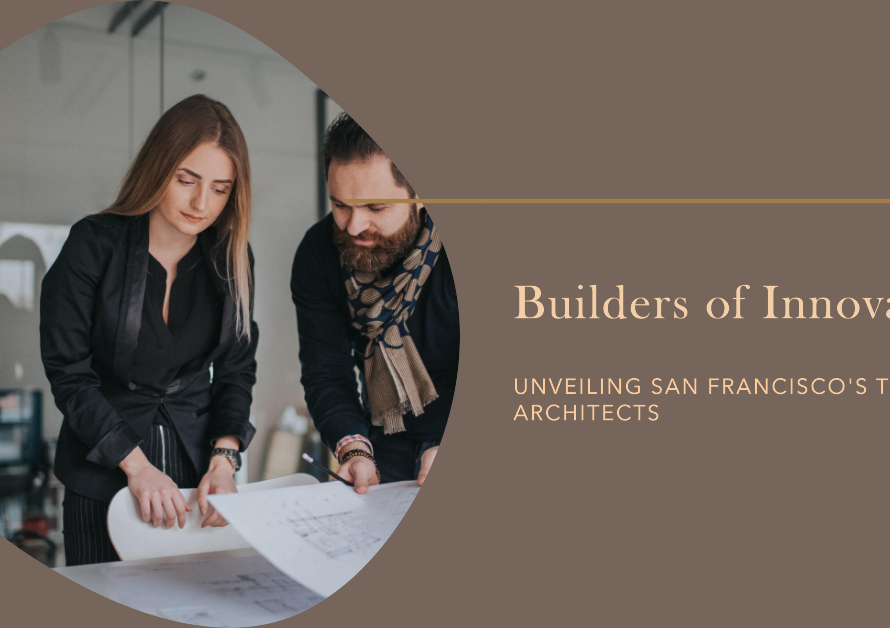
Table of Contents
1. Introduction: Navigating the World of Freelance 3D Rendering Artists
In today’s digital age, the demand for high-quality 3D rendering artists is higher than ever, with businesses and individuals seeking to visualize their projects in stunning detail. However, finding the right freelance 3D rendering artist for your project can be a daunting task. In this comprehensive guide, we’ll explore the essential steps and considerations for hiring freelance 3D rendering artists and ensuring the success of your visualization projects.
2. Defining Your Project Requirements
Before you start searching for a freelance 3D rendering artist, it’s crucial to define your project requirements clearly. Determine the scope of the project, the type of visualizations needed, and any specific aesthetic or technical requirements. Are you looking for photorealistic renderings, architectural animations, or product visualizations? By outlining your project requirements upfront, you’ll be better equipped to find a rendering artist who can deliver the desired results.
3. Researching Potential Candidates
Once you’ve defined your project requirements, it’s time to start researching potential candidates for the job. Browse online freelance platforms, portfolio websites, and professional networks to identify 3D rendering artists with relevant experience and expertise. Pay attention to their portfolios, reviews, and ratings to gauge the quality of their work and their reputation in the industry.
4. Reviewing Portfolios and Samples
When evaluating potential candidates, take the time to review their portfolios and sample work carefully. Look for renderings that demonstrate a strong understanding of lighting, materials, and composition, as well as attention to detail and realism. Assess the diversity of their portfolio, including different project types and styles, to ensure they can adapt to your specific project requirements.
5. Assessing Technical Skills and Software Proficiency
In addition to reviewing portfolios, assess the candidate’s technical skills and proficiency with rendering software. Ensure they are familiar with industry-standard software such as Autodesk 3ds Max, V-Ray, and Blender, and that they have the technical expertise to execute your project effectively. Ask about their workflow processes, file formats, and rendering techniques to ensure compatibility with your project requirements.
6. Evaluating Communication and Collaboration Skills
Effective communication and collaboration are essential for a successful freelance project. Evaluate the candidate’s communication skills, responsiveness, and ability to collaborate effectively with clients and other stakeholders. Look for someone who is attentive to your feedback, asks clarifying questions, and keeps you informed throughout the process. A rendering artist who can communicate clearly and collaborate seamlessly will help ensure a smooth and successful project experience.
7. Checking References and Client Testimonials
Before making a final decision, it’s important to check references and client testimonials from previous clients or employers. Reach out to past clients to inquire about their experience working with the rendering artist, including their professionalism, reliability, and the quality of their work. Ask specific questions about their communication style, ability to meet deadlines, and overall satisfaction with the project outcome. Client testimonials can provide valuable insights into the artist’s strengths and areas for improvement, helping you make an informed hiring decision.
8. Negotiating Terms and Contracts
Once you’ve identified the ideal candidate for your project, it’s time to negotiate terms and contracts. Discuss project details such as deliverables, deadlines, revisions, and payment terms to ensure both parties are aligned and clear on expectations. Draft a written contract outlining the scope of work, project timeline, payment schedule, and any other relevant terms or conditions. Be transparent about your budget constraints and negotiate in good faith to reach a mutually beneficial agreement.
9. Providing Clear Direction and Feedback
Throughout the duration of the project, it’s essential to provide clear direction and feedback to the rendering artist. Clearly communicate your vision, preferences, and expectations for the project, and be available to answer any questions or concerns they may have. Provide constructive feedback on their work, highlighting both strengths and areas for improvement, and encourage open dialogue and collaboration to ensure that the project stays on track and meets your objectives.
10. Cultivating a Positive and Productive Working Relationship


Finally, cultivate a positive and productive working relationship with the rendering artist to maximize creativity, productivity, and satisfaction for both parties. Foster open communication, trust, and mutual respect, and recognize and appreciate their contributions to the project. Celebrate milestones and achievements together, and be responsive to their needs and feedback to create a supportive and empowering work environment. By fostering a positive and productive working relationship, you’ll set the stage for a successful collaboration and achieve outstanding results in your 3D rendering projects.


